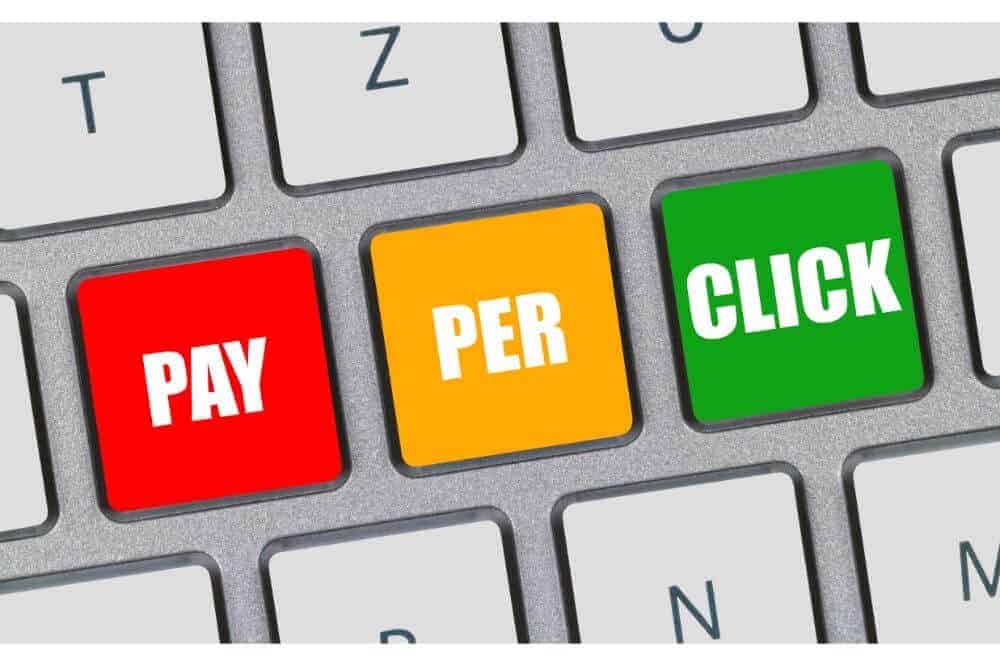Every online business owner knows that traffic can make or break your website. Most online articles are about increasing general traffic with a concentration on organic and referrals. While those sources are great at driving traffic to your website, you’re doing yourself a disservice if you let direct traffic strategies fall through the cracks.
If you didn’t already know, direct traffic is exactly what it sounds like. When a user enters your URL website or clicks on a link in a bookmark, these are visitors that are going to your website with intent. They’re familiar with your brand and don’t need a search result or referral link to find you.
So, if you want to learn how to increase direct traffic to your website, you need to know how to get people familiar with your brand. Keep reading to discover ways for potential visitors to get to know your online business and increase direct traffic.
How to Increase Direct Traffic to Your Website With Five Simple Strategies
What makes a visitor go to one website versus another? The deciding factor may be the online business’ brand. A potential lead will go with a website they feel is familiar, even in passing. If you’re not taking the time to get your business in front of people, perhaps now’s the time to start.
Here are five simple strategies to help you get started with increasing direct traffic to your website.

1. Nurture Your Social Side
You probably have a personal social media account or three. Your online business may have a few versions, too, but how often are you getting onto social media and interacting with your audience?
The answer is probably not enough. Sure, you may get some social traffic from your marketing campaigns, but you can always go a step further.
Getting active on social media has a variety of benefits, including:
- Content promotion
- Cultivating a sense of community
- Establishing your expertise
Depending on your industry, Twitter may make sense for short and snappy posts with links. Or you can go with image-heavy channels like Instagram to showcase your online store. Facebook Groups is also a great way to get to know your community and build your reputation for expertise in your niche.
Whichever you choose, make sure you engage your community and write thought-provoking, valuable content. Not only will your audience thank you for it, but they’ll also see you as an authority in the industry and turn to you when they need solutions.
Website Language Translation: More direct traffic to your website.
If you're looking for our recommended social media tool that can help you in your online business, then we use Social Pilot:
Social Pilot is a great social media marketing tool that handles the scheduling and posting of content on social media platforms.

2. SEO and Paid Ads
If you’ve heard it once, you’re going to listen to it a million times: Work on your search optimization strategies.
Well, in reality, Intellar SEO strategies help boost your organic traffic more than they do your direct traffic – at least, that’s how it was done in the past. Nowadays, the waters are a little murky when it comes to tracking direct traffic vs. organic traffic.
Do visitors that click through via paid ads counts as ‘organic’ or ‘direct’ traffic?
The answer is ‘both.’
Technically, organic traffic comes from visitors who click on a website via a search results page like Google Search. Also, technically, that doesn’t include paid ads in search results.
Do you see where this is going?
People like search engines, and they trust the results. When they click on your paid ad, even when it’s at the top of a search result, it counts as direct traffic.
While search engine optimization keywords are still crucial for paid ad strategies, don’t forget about your display URL. You want your display URL to be straightforward and easy to remember so that they can go back to it later.

3. Email Marketing
Publishing content may be the bread and butter for most online businesses in this digital age, but traditional methods still work, too. No, that doesn’t mean you have to resort to sending out mailers in the post – unless that’s a unique business facet for you.
Instead, it’s time to (re)focus on your email marketing campaigns.
You don’t necessarily have to bombard your email list with every single new update about the company. It is nice, though, to send out friendly reminders about new products or services to customers. Not only does it help you connect with customers, but it can also help guide them to your website and boost traffic.
There are many email marketing services you can use but we've tried a few and now only use Aweber as it's features make setting up emails super easy.
4. Meet and Greet Offline
Online marketing may be one of the most vital tools in your arsenal, but it isn’t the only one. Here’s that traditional theme again, right? It may be in your business's best interest to meet those online customers offline, too.
Offline marketing may be things like:
- Becoming a speaker at a conference
- Attending a trade show
- Doing interviews for local media, like TV stations or radio
You may ask yourself if podcasts and YouTube interviews count? They do, just not as direct as marketing offline. When you appear in podcasts or on someone’s YouTube channel as a guest speaker, you’re still boosting your authority in the industry, and that helps your brand. More brand recognition can mean more direct traffic as people get to know you and your online business.
However, it doesn’t have quite the same impact as face-to-face meetings. Even as an audience member, in-person interactions can leave a powerful impression on potential customers and lead them to your website in the future.
You don’t necessarily have to ‘go big’ to do a little offline marketing. There are probably plenty of opportunities to hand out business cards in your day-to-day life. It’s a simple gesture, but it can significantly impact and bring in direct traffic down the line.
5. Leverage Your Niche
Leveraging your niche is like creating long-tailed keywords. You have a base industry or ‘keyword,’ and it’s probably very competitive. You can also narrow your online business down further and watch some of that competition fall away.
This means directing your website and content towards those select few will keep coming back to your website over and again, especially if you create valuable content for your niche.

FAQs
How Do You Increase Website Traffic Organically?
When it comes to organic search traffic, it’s all about search engine optimization. You want your business to appear in the top search result pages for various engines, and you can do this via inbound marketing.
Here are some marketing strategies you can try to boost your organic traffic:
- Look for and eliminate non-performing content
- Optimize for higher click-through rate (CTR)
- Find new keyword opportunities and investigate long-tailed keywords
- Increase blog post output, including guest posts
These strategies are just a few basic ones to get you started. Ideally, you’ll want to focus on a unique angle for your content and find data to back it up. Not only will you increase authority in your industry, but you’ll also produce content that has visitors coming back for more.
How Do You Increase Search Traffic?
If you want to increase traffic from searches, it’s not enough to appear #1 on Google result pages. You have to write relevant content that entices visitors to click through to your website.
You can do that in a variety of ways, like:
- Utilizing Google’s Rich Snippets feature
- Including visual information like infographics
- Write ‘Top 10’ list content
- Update existing content
- Leverage referral traffic
- Social media marketing campaigns
Increasing search traffic can be as easy as improving your content strategy, but it may be a meaningful journey in practice. Just remember that you need to become an authority in your niche and concentrate on answering your target audience’s most pressing questions.

How Does Google Measure Direct Traffic?
Google Analytics measures visitors that go directly to your website by typing in your URL in their browser or clicking on a bookmarked link as direct traffic.
Google isn’t infallible, and sometimes Google Analytics can’t quite get the traffic source for a visit. When this happens, Google categorizes the mystery visit as ‘Direct’ in the Analytics report.
Some of these ‘grey’ traffic areas include:
- Visits from offline documents
- Arriving at a website from a mobile version of a social media app
- Some email marketing campaigns, depending on your marketing tool
While many of your visitors may reach your website through marketing channels like a blog, email, or social media, those that decide to come back directly are labeled as direct traffic.
What Is the Average Traffic for a Website?
The average traffic for a website depends on the industry. Businesses that cater to tourism and entertainment like restaurants and hotels may see a lot of traffic, but it also depends on the location and season.
BrightLocal analyzed data from Google Analytics back in 2019 and found that local businesses attracted visitors to their website on an average of 414 users per month. Approximately half of that traffic came from organic search results.
My Direct Traffic Has Dropped. What Does That Mean?
Direct traffic can drop for various reasons, like a change in your industry landscape that affects how and why your usual clients drop in. Or it may be that a competitor just launched a website, and your regulars are checking them out instead.
First, you need to check out your Google Analytics report and find out the where and when of the traffic decline. Once you get some solid numbers behind you, it’s time to put your investigation hat on and look for the reason.
Some possible avenues to look into include:
- Possible traffic drops around the same time in the past
- Where your users are coming from
- Possible harmful or malicious site activity
There are various reasons why your direct traffic can drop, but it’s not the end of the world. Take a proactive approach and start by troubleshooting where and when the problem occurred so that you can find a solution to turn it around.
Lay Out the Welcome Mat
Direct traffic is a good indicator of your brand’s strength, but you can’t rest on your laurels. Fortunately, there are many ways to go about how to grow direct traffic to your website. Continue to increase your brand and carve out your niche with the strategies mentioned above to improve your direct traffic statistics, and visitors will be coming back for more.




